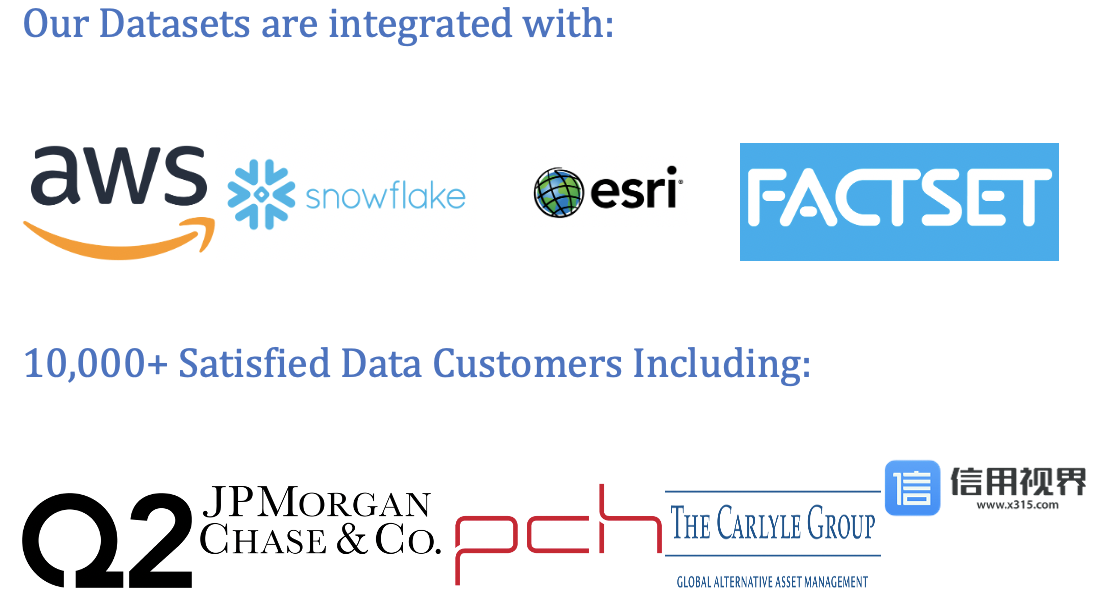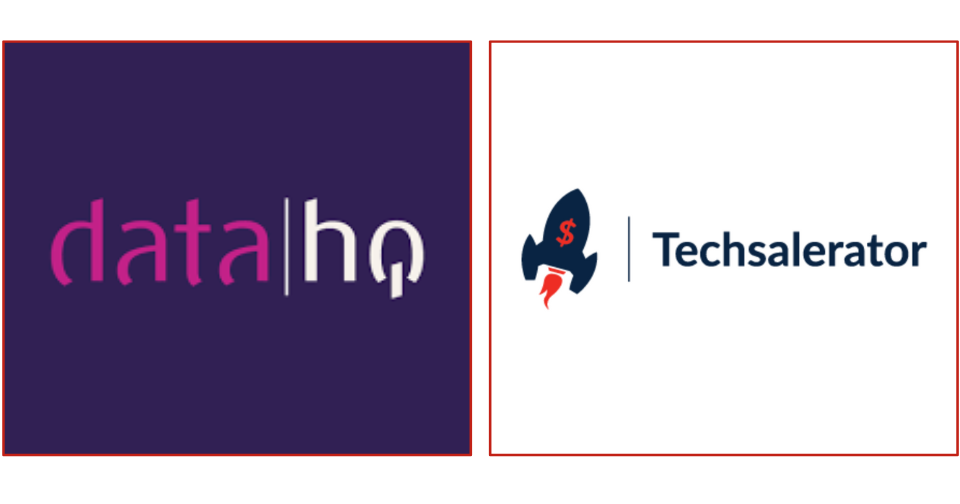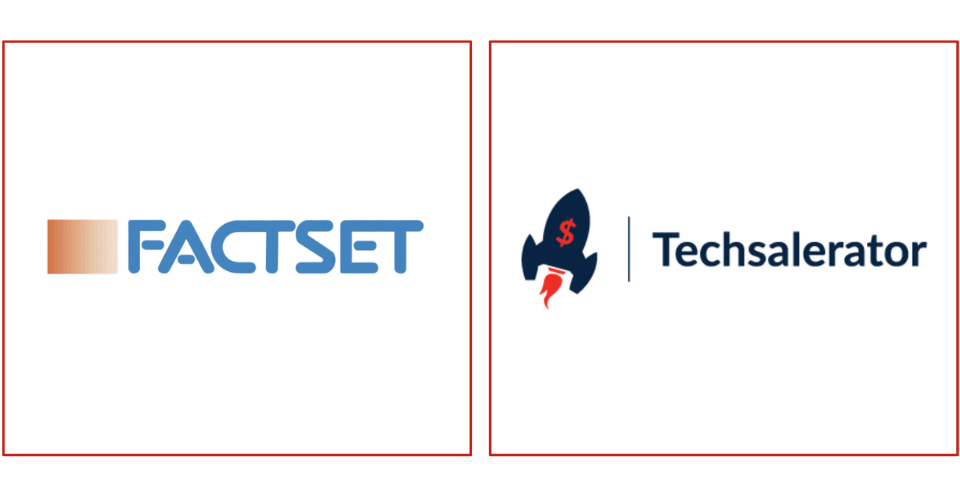
Top Wildlife Tracking Data Providers
Understanding Wildlife Tracking Data
Wildlife tracking data is collected through non-invasive methods that minimize disturbance to animals while providing valuable information about their movements and activities. GPS collars, for example, are often used to track the movements of large mammals such as bears, wolves, and big cats, while radio telemetry is commonly used for tracking birds and small mammals. Satellite imagery and remote sensing technologies can also be employed to monitor wildlife habitats and detect changes in vegetation cover, water bodies, and land use patterns.
Components of Wildlife Tracking Data
Key components of wildlife tracking data include:
- Location Data: GPS coordinates or radio signals indicating the spatial positions of tracked animals at regular time intervals, allowing researchers to map their movements and analyze habitat use.
- Movement Patterns: Information about the speed, direction, and duration of animal movements, providing insights into migration routes, foraging behavior, and territorial movements.
- Behavioral Data: Observations of animal behavior, such as feeding, mating, resting, and social interactions, helping researchers understand the ecological roles and social structures of different species.
- Environmental Variables: Data on environmental factors such as temperature, precipitation, vegetation type, and topography, which influence wildlife movements and habitat selection.
Top Wildlife Tracking Data Providers
- Leadniaga : Leadniaga offers advanced wildlife tracking solutions that utilize GPS, radio telemetry, and satellite tracking technologies to collect and analyze wildlife tracking data. With customizable data visualization tools and real-time monitoring capabilities, Leadniaga helps researchers and conservationists track animal movements and protect endangered species.
- Movebank: Movebank is a global platform for animal tracking data that provides researchers with access to a vast repository of wildlife tracking data collected from various studies and projects worldwide. Movebank offers tools for data sharing, visualization, and analysis, facilitating collaboration and knowledge exchange among the scientific community.
- Wildlife Computers: Wildlife Computers specializes in the design and manufacture of wildlife tracking devices, including GPS tags, satellite tags, and data loggers, tailored to the needs of specific animal species and research objectives. Wildlife Computers' tracking devices are used by researchers and conservationists to monitor wildlife movements and behavior in diverse habitats and ecosystems.
- Lotek: Lotek offers a wide range of wildlife telemetry solutions, including GPS collars, radio transmitters, and biologgers, for tracking terrestrial and aquatic species. Lotek's tracking devices are known for their durability, accuracy, and long battery life, making them ideal for long-term wildlife monitoring studies and conservation projects.
- Cell Track: Cell Track provides innovative wildlife tracking solutions that leverage cellular networks and GPS technology to track the movements of animals in real-time. Cell Track's tracking devices are compact, lightweight, and easy to deploy, making them suitable for tracking small mammals, birds, and reptiles in remote or challenging environments.
Importance of Wildlife Tracking Data
Wildlife tracking data is essential for various stakeholders in the following ways:
- Conservation: Wildlife tracking data helps identify critical habitats, migration corridors, and biodiversity hotspots, informing conservation efforts and land management decisions to protect wildlife populations and their ecosystems.
- Research: Wildlife tracking data provides valuable insights into animal behavior, population dynamics, and responses to environmental changes, advancing scientific understanding of ecological processes and species interactions.
- Management: Wildlife tracking data supports wildlife management and species recovery efforts by identifying threats, mitigating conflicts with humans, and implementing targeted conservation measures to enhance species survival and ecosystem resilience.
- Education: Wildlife tracking data fosters public awareness and engagement in wildlife conservation by showcasing the fascinating lives of wild animals and the importance of preserving their habitats for future generations.
Applications of Wildlife Tracking Data
Wildlife tracking data is utilized in various applications and use cases, including:
- Migration Studies: Researchers use wildlife tracking data to study the migration routes, timing, and destinations of migratory species, identifying key stopover sites and conservation priorities along their journeys.
- Habitat Monitoring: Wildlife tracking data helps monitor changes in habitat quality, connectivity, and fragmentation, guiding habitat restoration efforts and land use planning to support wildlife conservation goals.
- Conflict Resolution: Wildlife tracking data informs strategies for reducing human-wildlife conflicts by identifying areas of overlap between wildlife habitats and human activities, implementing measures to mitigate conflicts and promote coexistence.
- Species Conservation: Wildlife tracking data supports species conservation initiatives by monitoring population trends, reproductive success, and survival rates, enabling targeted conservation actions to safeguard endangered species and restore threatened habitats.
Conclusion
In conclusion, wildlife tracking data is a valuable resource for understanding and conserving the rich diversity of life on Earth. With Leadniaga and other leading providers offering advanced wildlife tracking solutions, researchers and conservationists have access to the tools and technologies needed to monitor animal movements, study their behavior, and protect their habitats. By leveraging wildlife tracking data effectively, stakeholders can contribute to the preservation of biodiversity, the sustainable management of natural resources, and the protection of wildlife for future generations.
Our Datasets are integrated with :



10,000+ Satisfied Data Customers including :








